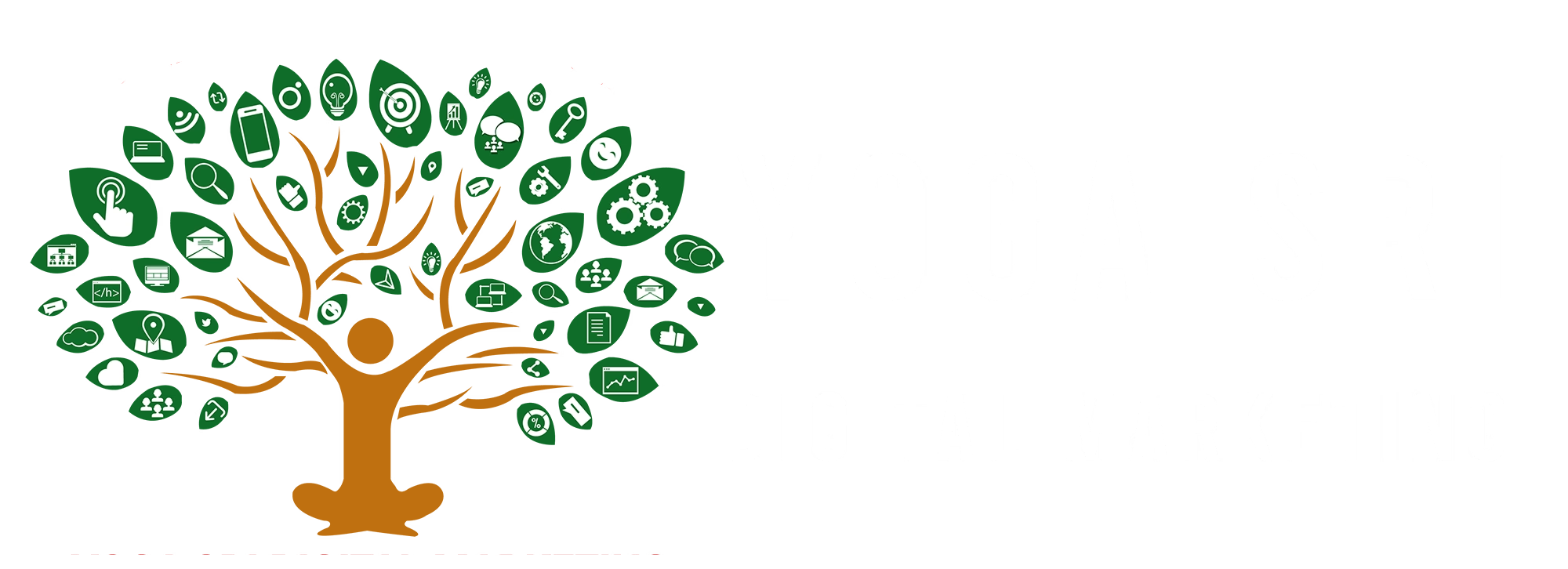
10 Proven On-Page SEO Techniques to Optimize Every Blog Post
Want your blog posts to rank higher on Google and attract consistent traffic? On-page SEO is the secret weapon you need. Unlike off-page SEO (like backlinks), on-page SEO is completely in your control. Optimizing each blog post not only improves visibility but also enhances user experience—keeping readers engaged and encouraging them to return.
Here are 10 proven on-page SEO techniques to implement in every blog post:

1. Start with Keyword Research
Before you write a word, identify the primary keyword you want the post to rank for. Use tools like Google Keyword Planner, Ubersuggest, or Ahrefs to find keywords with a balance of search volume and low competition.
Pro Tip: Look for long-tail keywords (e.g., “best yoga poses for back pain”) which are easier to rank and more specific.
2. Craft a Compelling Title with Your Keyword
Your blog post title is the first thing readers (and search engines) see. Make sure to:
- Include your main keyword naturally.
- Keep it under 60 characters so it doesn’t get cut off in search results.
- Make it engaging to encourage clicks.
Example:
Instead of “SEO Tips,” try “10 Proven SEO Tips to Skyrocket Your Blog Traffic.”
3. Use Header Tags (H1, H2, H3) Strategically
Header tags not only break content into readable chunks but also help Google understand the structure of your post.
- Use H1 for the main title (usually automatic).
- Use H2s for major sections.
- Use H3s for subpoints within H2s.
Include your keywords in headers where relevant—without stuffing.
4. Optimize Your URL
Short, clean URLs that include your main keyword perform best. Avoid unnecessary words or numbers.
Bad:yourdomain.com/2025/05/09/this-is-a-blog-post-about-seo-tips-you-should-know
Good:yourdomain.com/seo-tips
5. Include the Keyword in the First 100 Words
Search engines pay close attention to the opening of your content. Include your main keyword early in the introduction, preferably within the first paragraph.
This helps signal what your post is about from the start.
6. Write Meta Descriptions That Drive Clicks
The meta description doesn’t directly affect rankings, but a well-written one boosts your click-through rate (CTR)—which can influence ranking indirectly.
- Keep it under 160 characters.
- Include your main keyword.
- Make it persuasive and benefit-driven.
Example:
“Discover 10 proven on-page SEO techniques to boost your blog traffic and rank higher in Google. Simple tips anyone can implement today!”
7. Add Internal Links to Related Content
Linking to your own related blog posts helps:
- Keep users on your site longer.
- Pass SEO authority to other pages.
- Help search engines crawl your site better.
Aim for at least 2–3 internal links per post.
8. Use External Links to Authoritative Sources
Linking to high-authority, relevant websites builds credibility with both your readers and search engines.
Tip: Always set external links to open in a new tab and use nofollow for promotional or affiliate links if needed.
9. Optimize Images with Alt Text
Images help make content more engaging, but they must be SEO-friendly.
- Use descriptive filenames (e.g.,
on-page-seo-checklist.jpg) - Add alt text that describes the image and includes a keyword when appropriate.
- Compress images to improve page load speed.
10. Improve Readability and User Engagement
Search engines want to rank content that keeps users engaged. To improve readability:
- Use short paragraphs (2–4 lines).
- Add bullet points and numbered lists.
- Include bold and italic highlights for important points.
- Use tools like Hemingway App or Grammarly to simplify language and reduce clutter.
✅ Final Thoughts
On-page SEO isn’t about tricking search engines—it’s about creating content that’s structured, valuable, and easy to understand for both humans and bots. By applying these 10 techniques to every blog post, you’ll set yourself up for long-term traffic growth, higher rankings, and better reader engagement.
| Also read: Search Engine Optimization (SEO) Services
